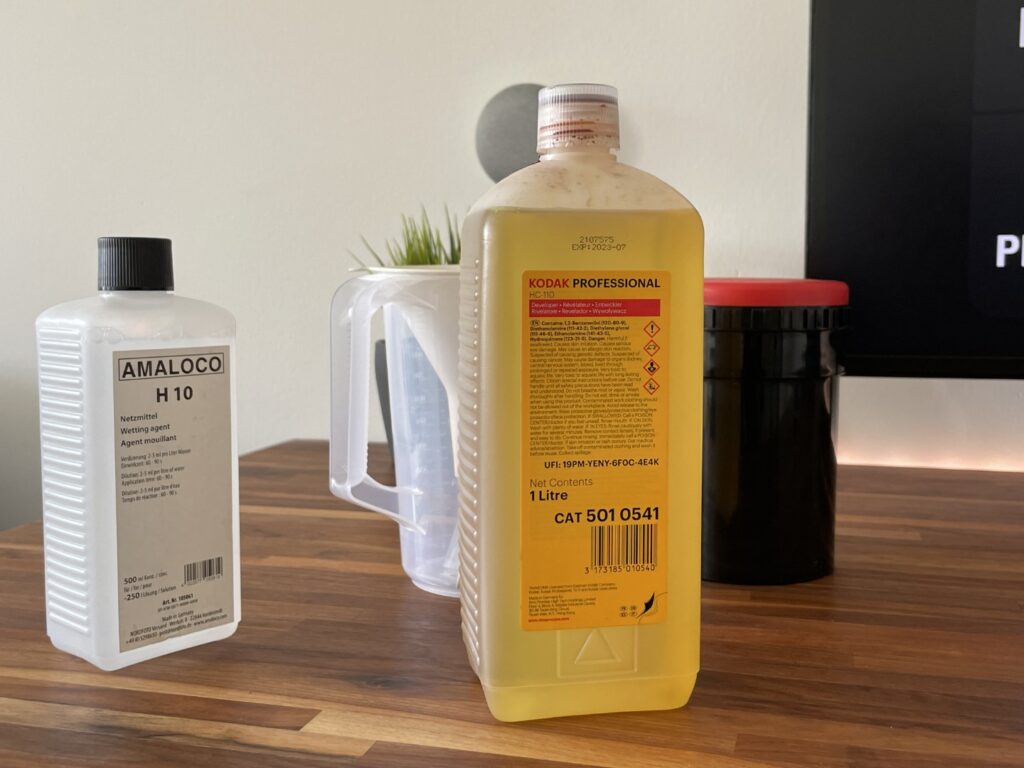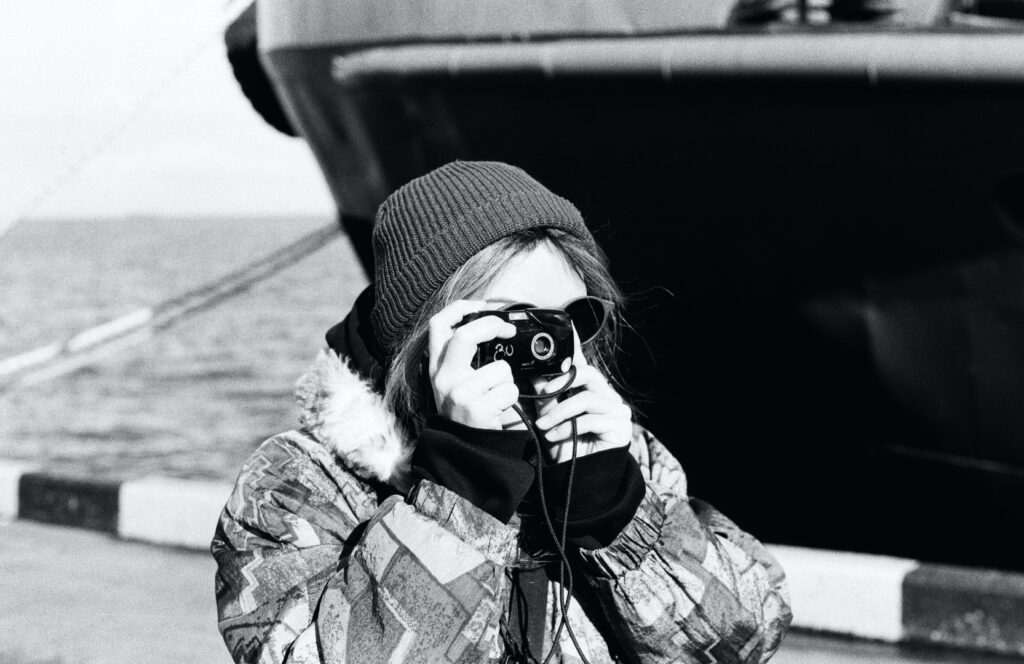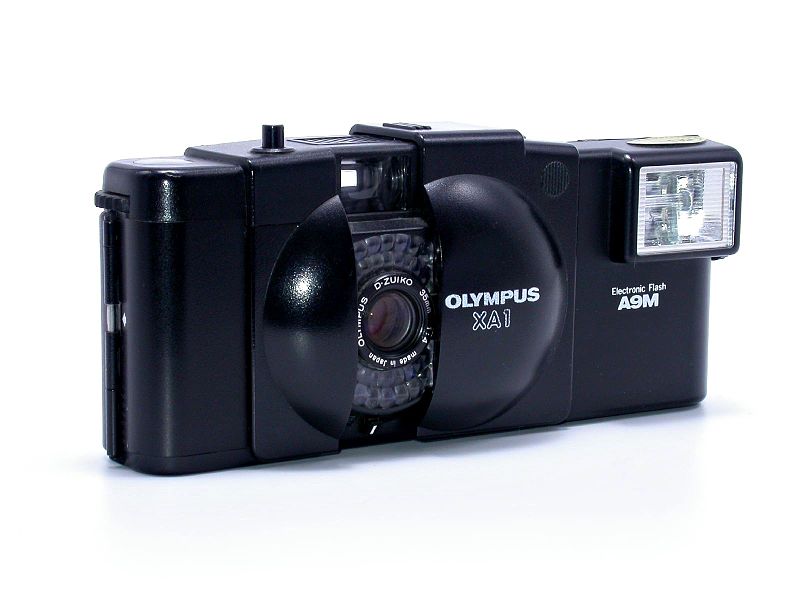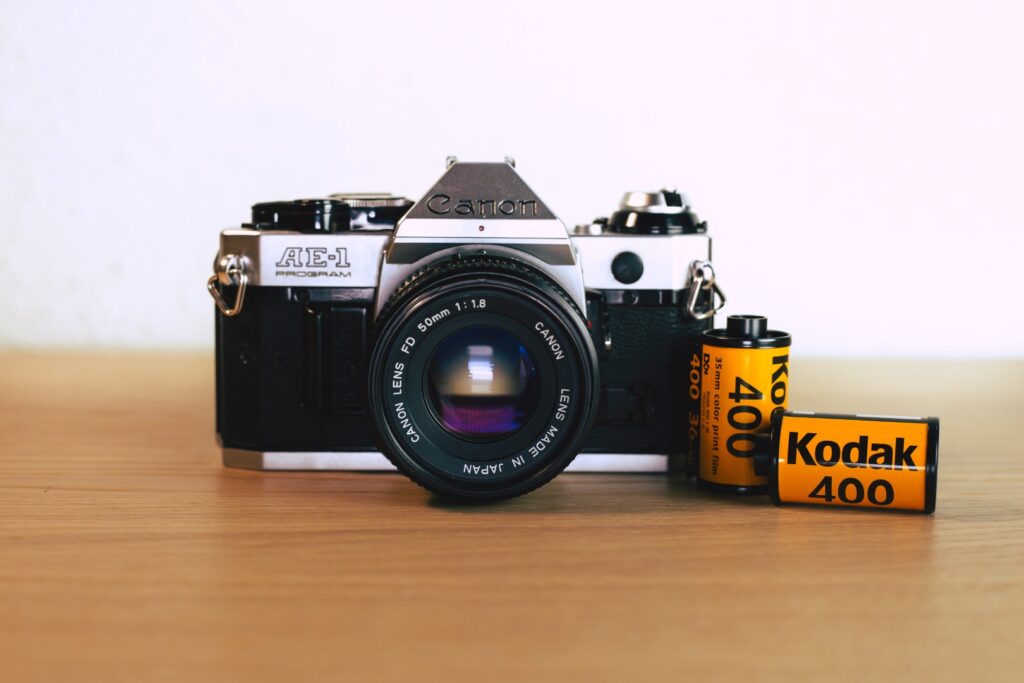What is Kodak HC-110?
Kodak HC-110 is a liquid concentrate developer widely used by photographers around the world. This popular film developer has been around for over 70 years and remains a staple in the photography community due to its versatility and consistency. HC-110 is known for its ability to deliver sharpness, contrast, and fine grain. It allows for customization, as the dilution and development time can be adjusted to achieve different results.
In this blog post, we will cover some of the most common questions about Kodak HC-110 developer, dilution options, shelf life, and tips for storing it effectively. Whether you’re a beginner or a seasoned film photographer, this guide will provide you with the information you need to get the most out of this classic film developer. So, let’s dive in!
What is the shelf life of Kodak HC-110?
The shelf life of HC-110 developer depends on the form in which is is stored. The stock solution itself without any added water will stay fresh for a pretty long time, but the more you dilute the solution, the shorter the storage life gets. Kodak itself specifies the following minimum storage life times in their manual, note that for the most diluted solution they do not recommend storing it at all (NR).
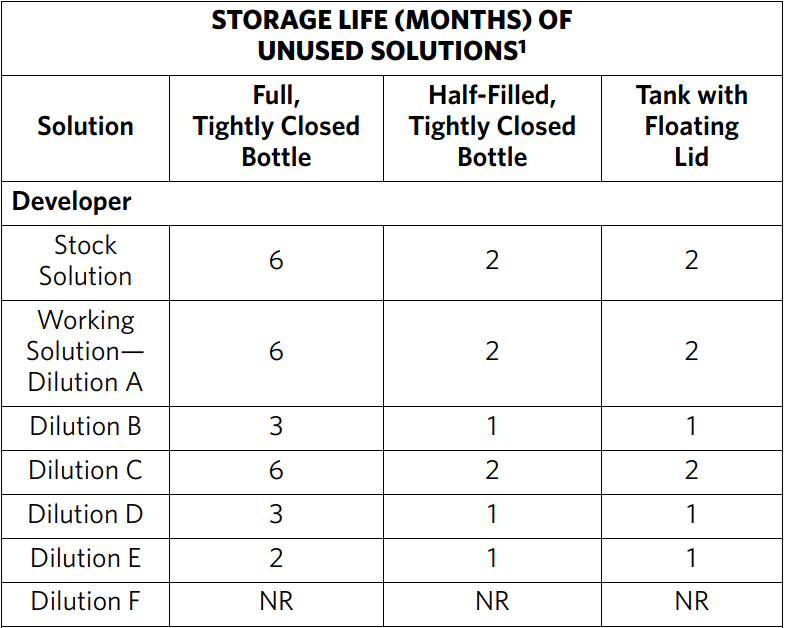
It is widely acknowledged that Kodak’s suggested shelf life for HC 110 is a pertty conservative estimate. Many photographers have reported using their stock HC-110 solution for several years, and my own developer is still effective after a year and a half. Taking proper care of your developer can make a significant difference in its shelf life. With just a few simple steps, you can extend the lifespan of your developer by a substantial amount.
Tips on how to extend the shelf life of Kodak HC 110
- Store it properly: Storing your developer in a cool, dry place away from sunlight and heat is crucial. Kodak recommends a storage temperature of around 18 to 24°C (65 to 75°F). Higher temperatures will cause the solution to oxidize rapidly.
- Use airtight containers: Air and moisture can cause oxidation and contamination in the developer, leading to reduced shelf life. Make sure to store the developer in an airtight container to prevent this.
- Keep the container full: An important factor that affects the shelf life of developer is the amount of air in the container. If there is too much air in the container, it can cause oxidation and reduce the shelf life. So, it’s best to keep the container full to minimize the amount of air. Many photographers actually refill their solutions into several smaller containers to avoid the contact with air and moisture, the other option is to use collapsible Darkroom containers to avoid any excess air.
- One option is to use HC-110 as a one-shot developer, which means discarding the solution after each roll of developed film and mixing a fresh batch for each use. This method provides consistent results and eliminates the risk of changes in the developing solution. As HC-110 is pretty budget-friendly, this is my preferred option.
For how many rolls does Kodak HC-110 last?
The amount of film rolls that can be developed using a single bottle of Kodak HC-110 developer depends on various factors like the amount of dilution, the film format, and the development times used. Normally, a 1+31 dilution is used where one part of concentrate is mixed with 31 parts of water. With this dilution, a 1-liter bottle should be capable of developing around 16-32 rolls of 35mm or 120 medium format film. But, this is an approximate value only, and the actual number of rolls may vary based on the factors mentioned earlier and your personal preferences.

What is the Kodak HC-110 H Dilution?
The Kodak H dilution, which is often mentioned among photographers and forums like Reddit, is an unofficial one-shot solution of HC-110 developer. It is half the strength (1:63 mix ratio) of the regularly used B solution (1:31 mix ratio) for hand development, resulting in twice as long development times.
What are the advantages of the HC-110 H solution?
- You will use much less chemical which makes using HC 110 more economically
- A great one-shot solution as it is already very diluted and should not be stored anyways
- It is more forgiving with the developing times, a bit too much or too little time has no real effect
- It is easier to push or pull film more controlled
One drawback is that the waiting time for the development will also double, so if you’re in a rush, go for solution B and keep a close eye on the timing.
Can you use Kodak HC-110 for stand development?
Yes, Kodak HC-110 is a well known developer used for stand developing. Other recommended developers would be Adox Rodinal or Fomadon R09. The recommended dilution for stand developing with HC-110 is the unofficial solution G (1:119 mix).
Is Kodak HC 110 a good developer for a beginner?
Kodak HC-110 can be a great choice for beginner film photographers. It is a versatile and reliable developer that is relatively easy to use and produces consistent results. One of the advantages of HC-110 is that it usually comes in a concentrated liquid form, which makes it easy to mix and use. Additionally, HC-110 has a long shelf life, it is a budget friendly choice and can be reused multiple times, which can save additional money in the long run. However, like any developer, it requires careful attention to dilution ratios and development times to achieve optimal results. With practice and attention to the developing process, Kodak HC-110 can be a good developer for beginners looking to experiment with black and white film photography. See below some examples from the first roll of film of Agfa APX 100 I ever developed using Kodak HC-110. All images were shot on a Canon EOS 300 with the Canon EF 40mm f/2.8 STM Pancake lens.
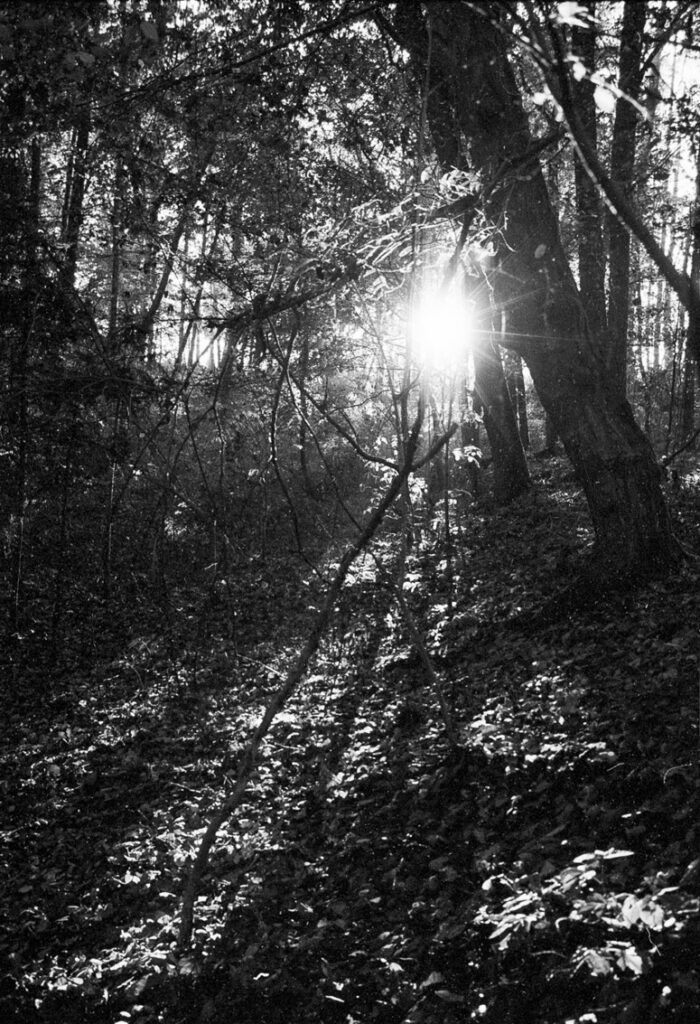

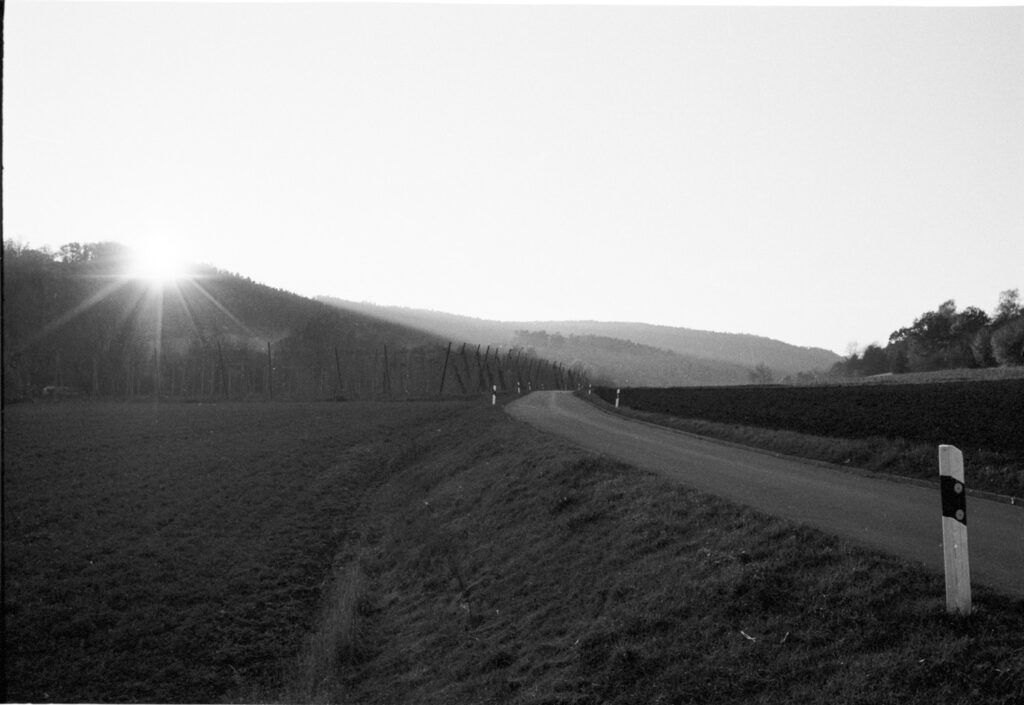
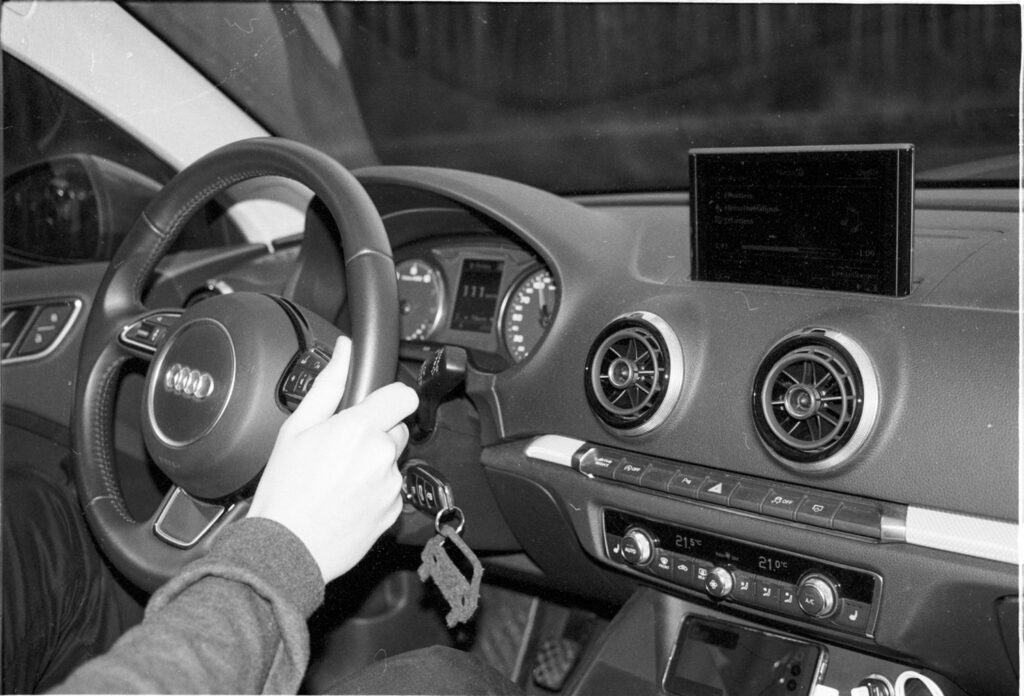
Conclusion
In conclusion, Kodak HC-110 is an essential tool in the realm of black and white film development. Its flexibility, in terms of both dilution and development times, is an asset for photographers seeking control over their output. While Kodak offers a shelf-life guideline, remember, with proper storage conditions, it can be used far beyond the recommended timeframe. The quantity of film that can be developed is quite variable, hinging on factors such as dilution and film format. Kodak HC-110’s simple use and cost-effectiveness make it a good option for those venturing into film development. So, grab your HC-110, capture your shots, and let your creative journey begin.

